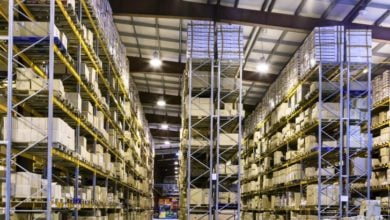How 3D Engineering Improved the Manufacturing Process

3D engineering is an industry that utilizes 3D technologies as a way to design, engineer, and produce products. With increasingly complex engineering challenges, 3D has become an integral tool in the manufacturing process. This article will delve into what it is, how it can be used in various industries, and some benefits of using the technique.
What is 3D Engineering?
3D engineering uses 3D models to streamline the engineering process. This process aims to reduce the number of steps needed in the design, production, and maintenance processes. In manufacturing, for instance, the method uses a three-dimensional virtual environment that can be used to view, interrogate and manipulate a design in 3D.
How Does 3D Engineering Work?
Designing, engineering, and manufacturing a product involves many steps and various departments. 3D technology streamlines the design, drawing, modeling, and development process by moving from 2D to 3D. Once the design is finalized, the product can be quickly produced using the three-dimensional virtual model created.
How 3D Engineering Has Improved the Manufacturing Process
3D engineering has many advantages. Here are a few of the many ways that it has improved the manufacturing process in many industries.
Improved Communication and Collaboration:
One of the most significant benefits of 3D technology in manufacturing is improved communication and collaboration. The 3D models can be easily viewed and manipulated by everyone involved, making it easy to send or receive feedback and comments from customers, designers, engineers, and others involved in the process. In addition, it allows for collaboration between teams based in different locations.
Reduced Design Time:
The time used in the manufacturing process is reduced by using 3D models. This allows any issues to be detected earlier in the design process and for timely fixes to be implemented. The use of 3D models also helps reduce the number of errors made when creating a physical product since changes can be easily detected, fixed, and implemented early on without the need for creating extra physical copies.
More Accurate Designs:
Designs are more accurate when created on a computer than a hand drawing. Designs and measurements are more precise and accurate using digital tools. 3D models can be manipulated and rotated on the computer to obtain a 360-degree view of the design. This helps engineers detect flaws, issues, or errors that may have gone unnoticed when designing manually.
Improved Product Development:
Reduced time and costs are achieved using 3D modeling because it simplifies the design and development process. Instead of creating a prototype and then creating the design, it allows for the reverse process. Once a product is designed, engineering can begin using virtual prototypes that may not need physical prototyping. Thus, with 3D modeling, the design and development processes are streamlined.
Using 3D technologies, engineers can produce, design, and engineer a product more efficiently. Virtual prototypes allow engineers to test, change and develop their products accurately. 3D engineering has streamlined manufacturing processes in various industries, making it a beneficial technology for designers and manufacturers. 3D printing can reduce material waste and lead times, and make it easier to produce small quantities of customized products.




